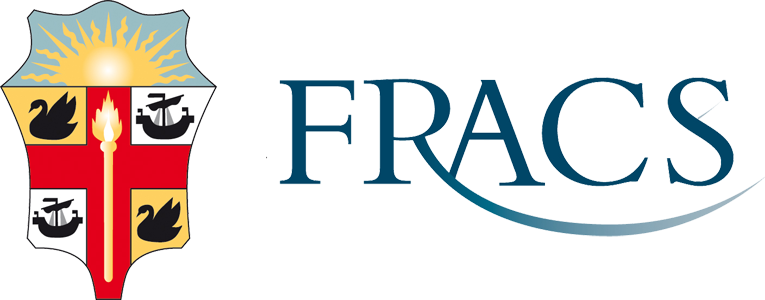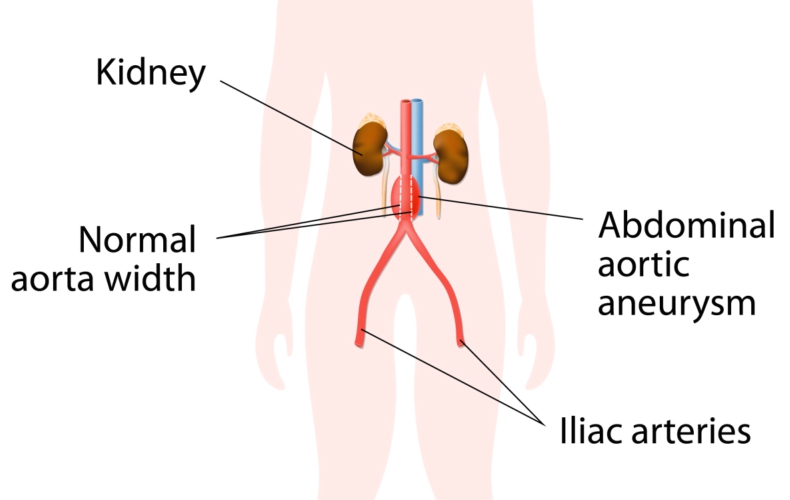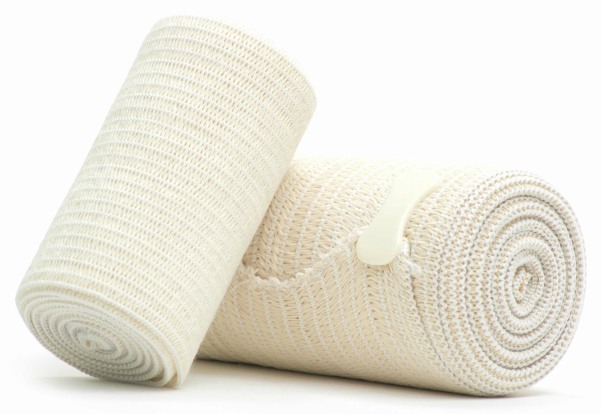Open Abdominal Aortic Aneurysm Repair Melbourne
A patient’s guide by
Open Abdominal Aortic Aneurysm Repair
What is it and why is it necessary
The aorta is the large artery that carries blood to your belly (abdomen), pelvis, and legs.
An aortic aneurysm is a bulging, weak spot in the aorta wall that balloons outward. If the size of the aneurysm increases, the risk of rupturing also increases.
Open abdominal aortic aneurysm repair is a surgery to fix a widened part of the aorta to reduce the risk of rupture.
Before the operation
Mr. Lovelock and the Anaesthetist will see you the night before surgery to discuss the operative procedure and the anaesthesia involved. An assistant surgeon will be introduced to you prior to the start of your operation on the day of surgery.
A series of tests will be performed before surgery including:
- Blood tests for kidney function
- Blood chemistry
- Blood crossmatching
- Electrocardiograph.
A blood transfusion may be required although preoperative blood banking by yourself is normally undertaken if you are fit. Your own blood will then be used during your operation. If you have any objection to a blood transfusion please contact Mr Lovelock’s office.
Important information – You should inform Mr. Lovelock and your Anaesthetist before surgery of:
- Any regular medication you take
- Any previous difficulties with anaesthesia or surgery
- Any allergies to drugs
Please remember to bring all the medications you usually take with you to hospital.
The Operation
Patients will be under a General Anaesthesia during this procedure. The operation involves a large incision in the abdomen down the middle. An additional incision may be made at the groin of each lower limb.
A tube (catheter) will be inserted into the bladder at the operation and will remain in place for approximately two days after your operation. Tubes called intravenous catheters will be placed in the neck and arms. These will be used for replacing fluids and feeding you.
Abdominal surgery is quite painful and the favoured form of pain relief is by means of an epidural catheter. This is similar to the epidural catheter used during childbirth to provide pain relief during labour. Your anaesthetist will discuss with you the means of postoperative pain control using this catheter.
Post surgery
Hospital stay
Expected hospital time for this procedure is between five and ten days.
For the first two days after surgery you will require close monitoring and will be admitted to a special nursing area. After surgery on the abdomen the intestines (small bowel) cease to function for a few days. During this period you will be supported by intravenous administration of fluids through a tube inserted under the right collarbone.
Approximately three to five days after surgery your bowel will commence to function again and you will be able to start eating and drinking small amounts.
The urinary catheter, intravenous feeding and epidural catheter requirements are usually removed on about the fifth day after surgery and you may then resume normal mobility.
Wound care and moving
After surgery you will be visited by a physiotherapist once or twice a day. They will give you instructions on correct breathing techniques that may help avoid acquiring infection or collapse of the lungs, which may prolong your hospital stay.
On your discharge from hospital you should be able to walk normally. You will be able to shower and wash down the area of the operating site with soap and water and pat dry gently.
Stitch removal and care
Suture removal will be undertaken by the hospital nurse or doctor as required. Unusual events in the form of chest pain, abdominal pain, difficulties with function of the lower limbs should be reported to Mr. Lovelock immediately.
During the postoperative recovery period you will feel quite tired and note a substantial reduction in appetite for approximately six weeks. After this period there is usually a rapid return of normal appetite but you can expect a weight loss of approximately 5-7 kg in the weeks following this operative procedure.
Exercise
Walking is the best form of activity after surgery. It is recommended that you do not drive a motor car for ten days following your operation and that heavy lifting of items over 10kg in weight should be avoided for approximately four weeks.
Risks
If surgery runs according to plan you have a 95% expectation of an uncomplicated recovery as described. During the postoperative phase however, the following complications may occur:
- Heart attack (coronary thrombosis, myocardial infarction)
- Pneumonia or other respirator difficulties
- Infection – Either of the lungs or wound (the risk of death associated with this surgery is 2%)
- Potency – Sexual potency may improve or decrease depending on your surgery.
Smoking – Tobacco use increases the risks of re-blockage. All patients are advised to cease smoking prior to and following the procedure.
Open Abdominal Aortic Aneurysm Repair Melbourne
Mr Mark Lovelock consults and treats patients from all over Melbourne in relation to Open Abdominal Aortic Aneurysm Repair Procedures including Richmond, Mulgrave, Brighton, Box Hill, Wheelers Hill, Glen Waverley, Mount Waverley, Oakleigh, Gardenvale, Elsternwick, Elwood, St Kilda, St Kilda East, Caufield, Glen Huntly, Bentleigh, Hampton, Sandringham, Black Rock, Cremorne, Toorak, South Yarra, Collingwood, Fitzroy, South Melbourne, Hawthorn, Armadale, Surrey Hills, Blackburn, Burwood and Camberwell.




